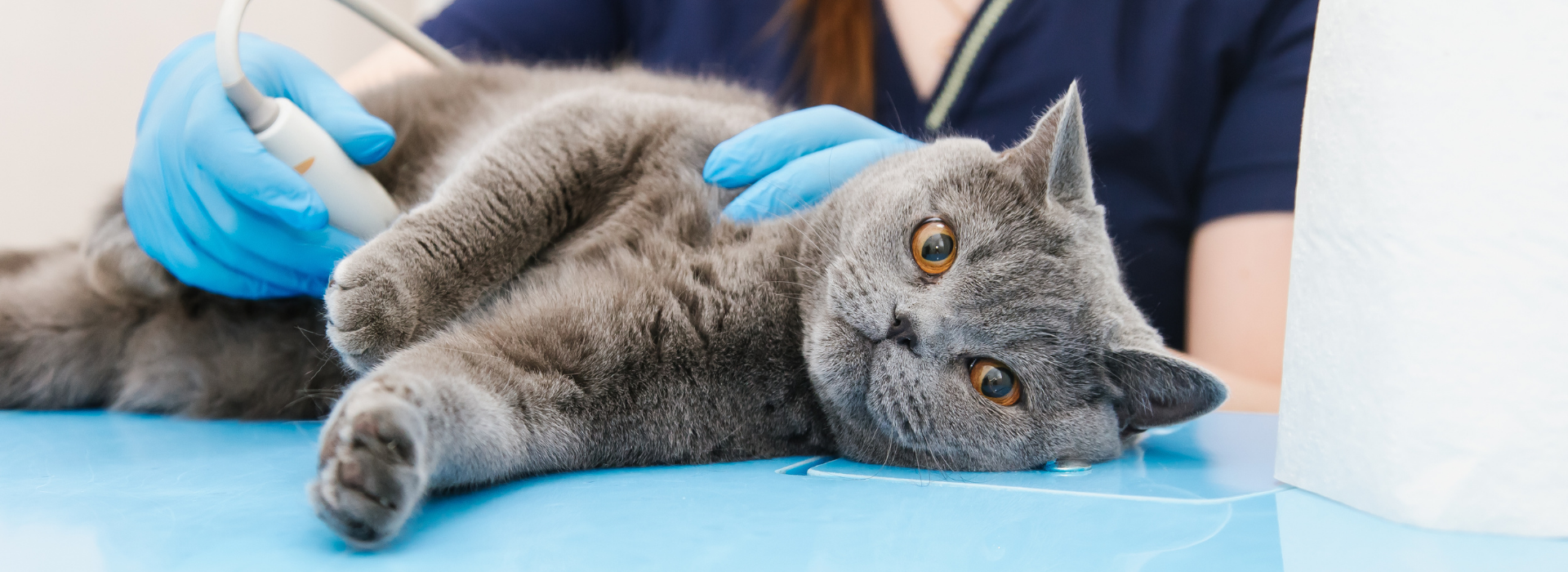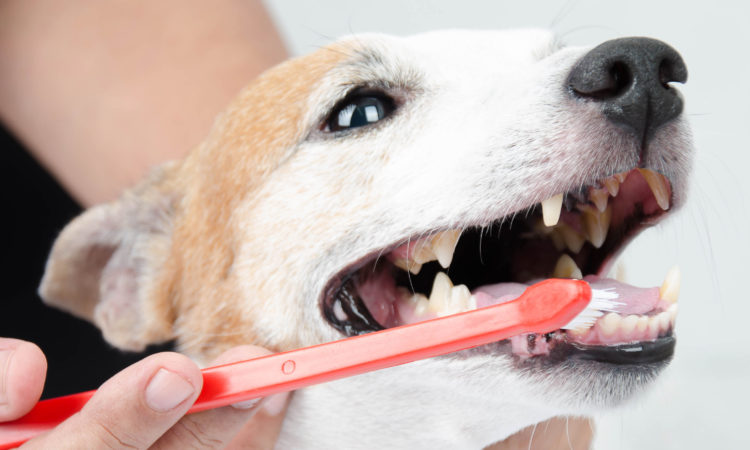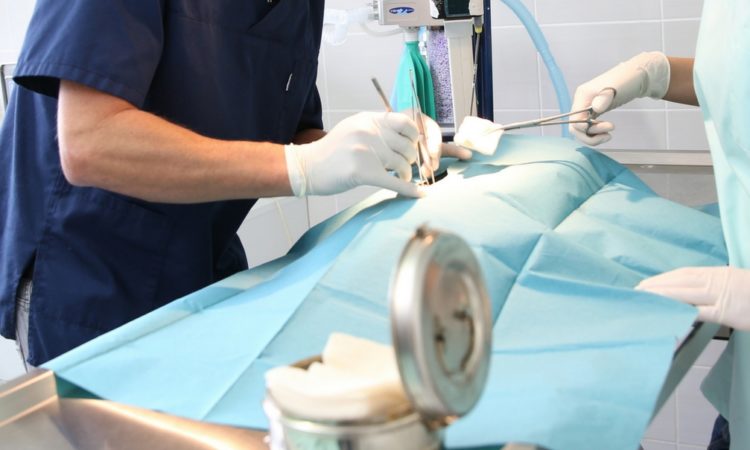Though our team has a range of expertise, seeing inside your pet’s body isn’t one of them. Thankfully, we have ultrasounds and X-rays to help us. Routinely, your pet will need to do an ultrasound or X-ray for us to examine how their internal systems are functioning. Both technologies are safe and highly effective for diagnosing and identifying health issues.
Will X-rays harm my pet?
X-rays are not hazardous or harmful to pets. We ensure your pet has minimal exposure to the rays, only spending the necessary amount of time needed to generate the images. X-rays use electrons that either bounce off or are absorbed by dense areas like bones to capture your pet’s internal structures. Ensuring your pet is as perfectly still as possible helps the process go faster. Restraining them or forcing them to remain in one spot for a long time could be painful or uncomfortable. In these instances, we use sedation to help your pet stay in the same position while the images are taken. If you have concerns about the procedure, please contact us at 905-690-0040.
How are ultrasounds used on pets?
Ultrasounds give us a real-time look at your pet’s internal organs. It’s used as a diagnostic tool to diagnose pregnancy and evaluate your pet’s organs non-invasively. Usually, pets don’t need an anesthetic for the procedure, unless your pet is having a biopsy. However, our team could recommend a sedative if your pet seems anxious or is having a hard time staying still.
What do X-rays and ultrasounds capture?
X-rays and ultrasounds can generate images for many parts of your pet’s body. Some areas we can scan include:
- Broken bones and fractures
- Soft tissues like eyes
- Organs like liver, kidney, stomach
- Cancer
- Infections







